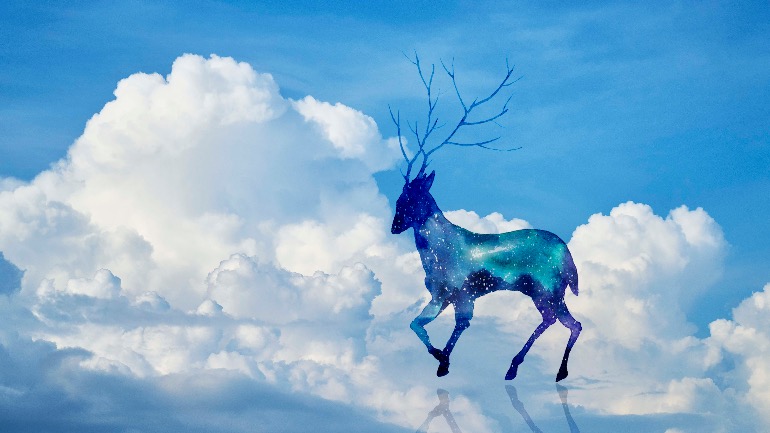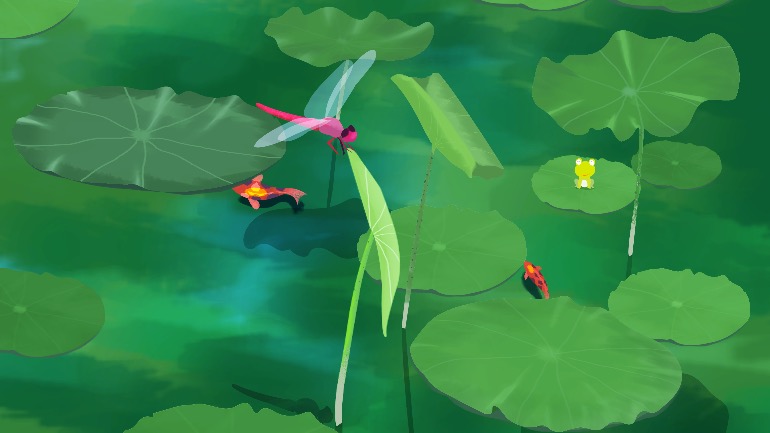Then, how do we classify beginners? Simply speaking, if someone, after swallowing poison that can otherwise kill an ordinary person instantly, is able to easily transform that poison into something harmless with nothing but one’s own power of meditation practice, one is said to have graduated from the class of beginners. We can all measure our own state of practice against this criterion. If we fail to reach this level with our practice, we must be very vigilant with our actions.
KHENPO'S BLOG
The view of the Inner Tantra is different from other schools. Simply speaking, in terms of the view on emptiness, all the schools from Prāsaṅgika-Madhyamaka up to the one below the Inner Tantra basically uphold the same idea, namely, to realize the truth of emptiness beyond all conceptual elaborations. But the Inner Tantra is notably different in one aspect: the sutra system holds as its supreme view that the appearance of all phenomena is exactly the same as we see it, that ordinary people take it for real while in fact it is spurious; the Inner Tantra views all phenomena as illusory not only in reality but even from the standpoint of appearance—the stars, mountains, and rivers are not what we perceive but are manifestations of the pure mandala of the buddhas.
If one has a bad dream at night but does not know it is a dream, one will be as terrified by circumstances in the dream as by the same events in daytime; whereas if one knows one is dreaming, even jumping from the tenth floor of a building will not stir any fear. By the same token, genuine practitioners having attained realization of emptiness perceive no difference between things appearing in dreams and during the day. Aiming to quickly destroy attachment, they deliberately accept the five meats and five nectars which originally are regarded as defiled; it is not unlike jumping from the tenth floor of a building in the dream on purpose. Doing so lends particularly obvious effect on cutting through attachment and no harm to their practice either. From the standpoint of self-benefit, this is a very good practice. But from the summit of Dzogchen looking down, this is still an attachment: if all are illusions, why bother doing anything intentionally?
How should beginners treat the five meats and five nectars? In Vajrayana, some nectar pills are made with more than a thousand kinds of herbal medicine. By adding a bit of the five meats and five nectars to the ingredients, these nectar pills are suitable for beginners. Naturally, if a beginner still finds such pills repulsive, he or she can refuse them as long as there is no outright rejection of or biased view against such practice, keeping in mind that the adverse reaction is only due to one’s own immature capacity and rather inferior state of practice.
Today, the complete lineage of the Inner Tantra can only be found in Tibetan Buddhism. It prevailed in India up until some eight or nine hundred years ago; when the Tibetans went to India to learn Buddhadharma, it was already difficult to come upon traces of the lineage. In ancient India, practitioners of the Inner Tantra were very discreet, the reason being that India at the time was a very complex place with people holding myriad and opposing views everywhere, a condition ripe for intense argument to erupt easily. Even Sakyamuni Buddha checked his words carefully when propagating the Dharma.
When the Inner Tantra came to Tibet, there were very few religious sects around, only Buddhism and Bon. Those who practiced the Lesser Vehicle also practiced the Great Vehicle simultaneously, and the Great Vehicle practitioners also took up Vajrayana practice at the same time. This tradition is upheld even today in Tibet. Therefore, the Inner Tantra practice in Tibet is not as secretive as in ancient India but kept relatively open.
Why do the deities appear in peaceful and wrathful forms? It is for the liberation of special beings. Normally, bodhicitta is effective in subduing evil beings. When Sakyamuni Buddha attained enlightenment, he overwhelmed Mara’s troops with bodhicitta; but it is only when one has garnered the same kind of power as the Buddha that bodhicitta can function effectively in this kind of situation. Bodhicitta is not useful against powerful demons that are endowed with great blessings from a previous life. As demons are also subject to causality—some due to hatred, others the ripening of past evil aspirations that make them what they are now, which have little to do with renunciation and bodhicitta, only the appearance of wrathful deities can subdue them.
Actually, the sutra system also acknowledges the tantric view, just that it was not emphasized by the Buddha in his teachings to people of lesser capacity. In some texts, sutra assents tacitly to this view, claiming that when bodhisattvas attain the eighth bhumi, three transformations or three pure states take place. One of the pure states is purity of the five sense organs. When the five sense organs are purified, we see all things, including this world we are living in, as sublime as the Western Pure Land of Amitabha or the Eastern Pure Land of the Medicine Buddha. The Buddha told us in fact this world has always been this way, and has never changed. Because ordinary people have afflictive and cognitive hindrances, the true reality of the world is thus obscured. Upon reaching the eighth bhumi and having the five sense organs purified, only then will we see reality as it is. So, what is that reality? It is the mandala of the buddha, says Vajrayana. The Buddha expounded this clearly in many sutras, such as in the teaching of the Vimalakīrti Sūtra on dependent arising.
In The Ornament of Clear Realization and the Prajnaparamita sutras, methods are often mentioned for transforming afflictions into the path. One of them is bodhicitta; for example, unwholesome deeds such as killing, stealing, sexual misconduct, and lying are no longer deemed unwholesome if committed out of bodhicitta. Another method is gaining realization of emptiness; with this wisdom as a basis, afflictions stop being afflictions and are turned into the path naturally. Thanks to bodhicitta and realization of emptiness, afflictions are made useful; otherwise, in trying to fight afflictions head on, one could come upon harm, even end up in the three lower realms.
We all know that the Buddha transmitted the Dharma to followers according to their capacity and guided them on the path step by step. The Outer Tantra, having also empowerment, the practice of generation stage and so forth, is part of Vajrayana, but it lacks the view of the Inner Tantra. Hence, practitioners can only visualize themselves as they are in the present world (though sometimes they also visualize themselves as buddha), then visualize the buddha and the yidam in front and recite mantras. The Outer Tantra offers many ways to recite mantras; it is of the view that one can attain buddhahood by way of mantra recitation.
When followers of the Outer Tantra practice in retreat, they are very particular about personal hygiene, keeping a vegetarian diet, and washing themselves three times a day; the focus is on one’s conduct, and they do very well in this respect, but less so in the practice. Actually, the more one is fixated on the particulars of behavior, the more likely problems in practice will surface. The higher the state one reaches in practice, the more likely some improprieties may appear in one’s conduct. Naturally, impropriety does not mean wrongdoings such as killing, stealing, lying and so on are casually tolerated. You can get a better understanding of this from the life stories of the eighty great siddhas of ancient India.











